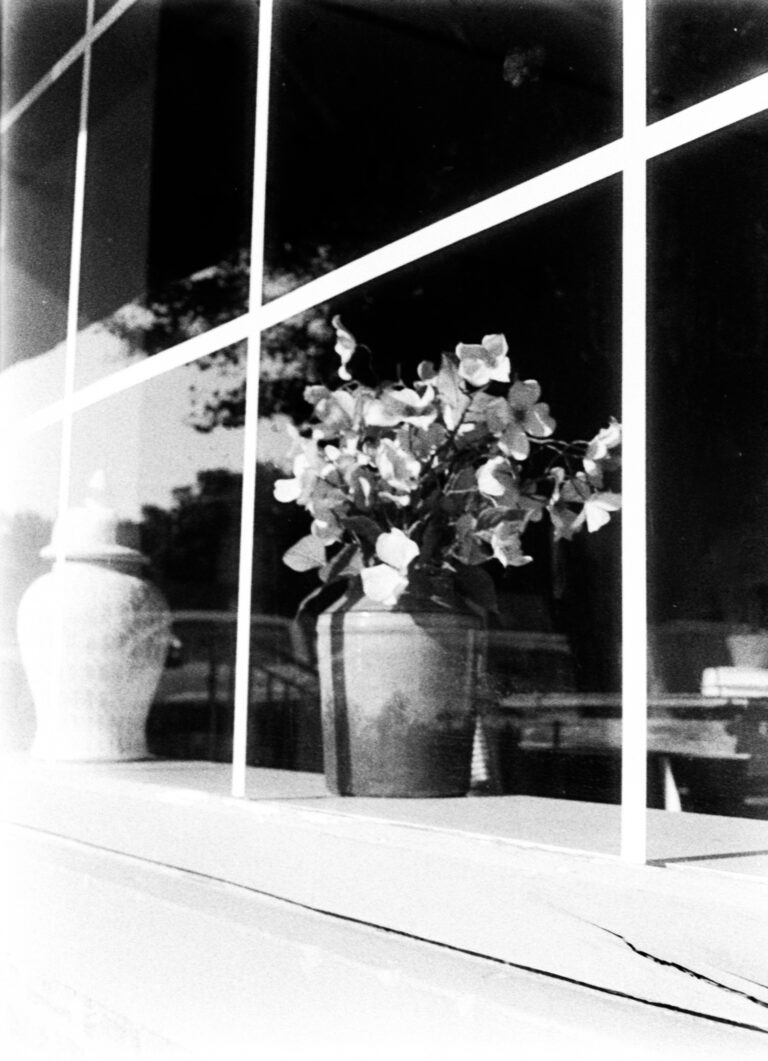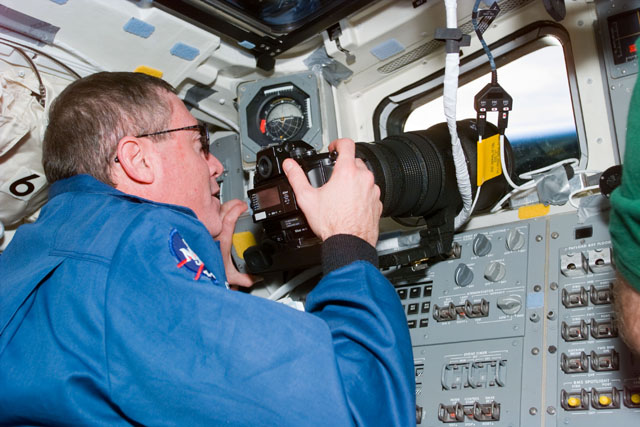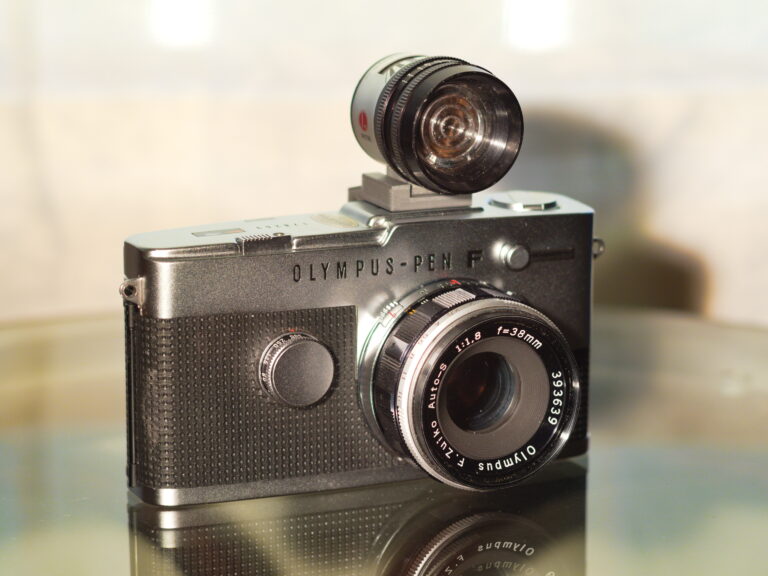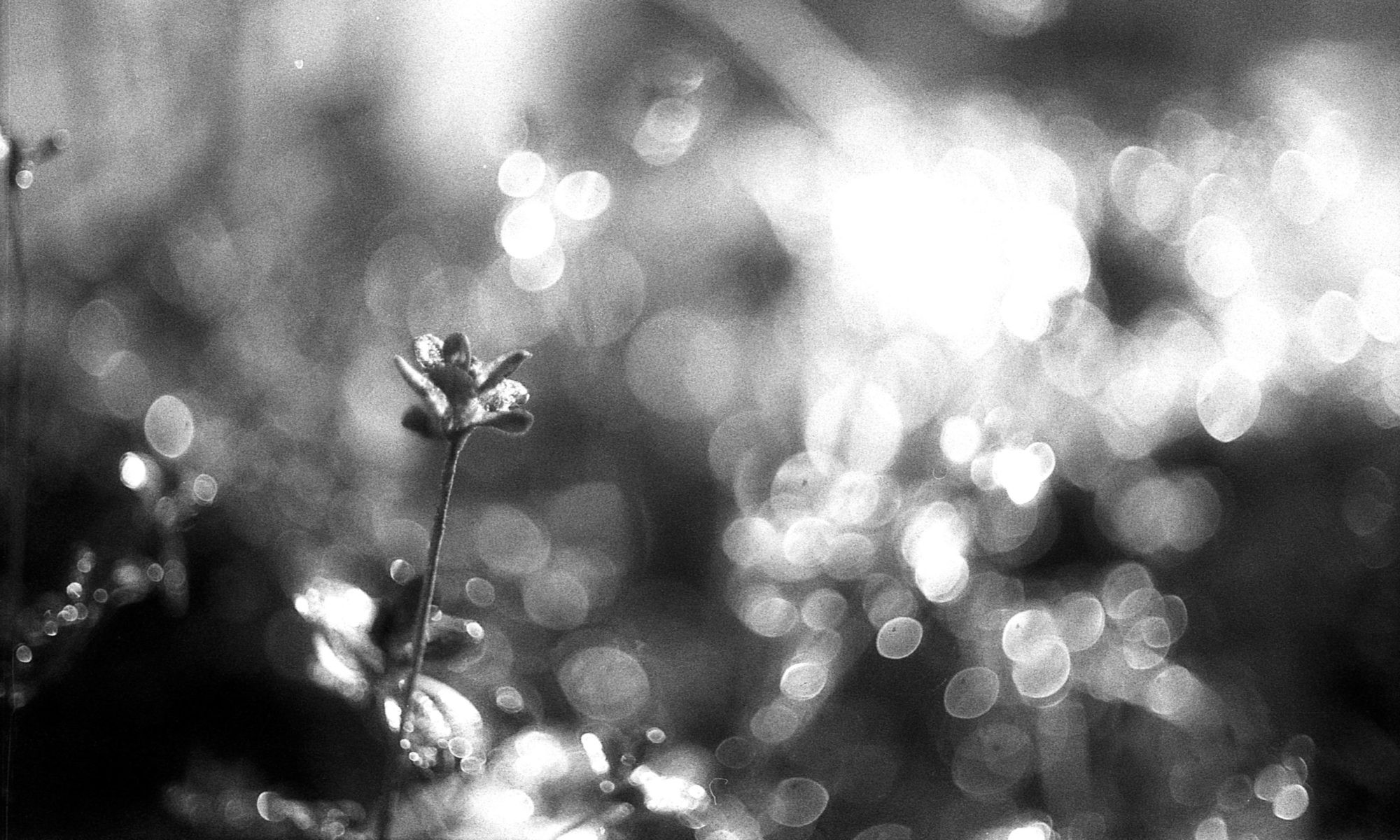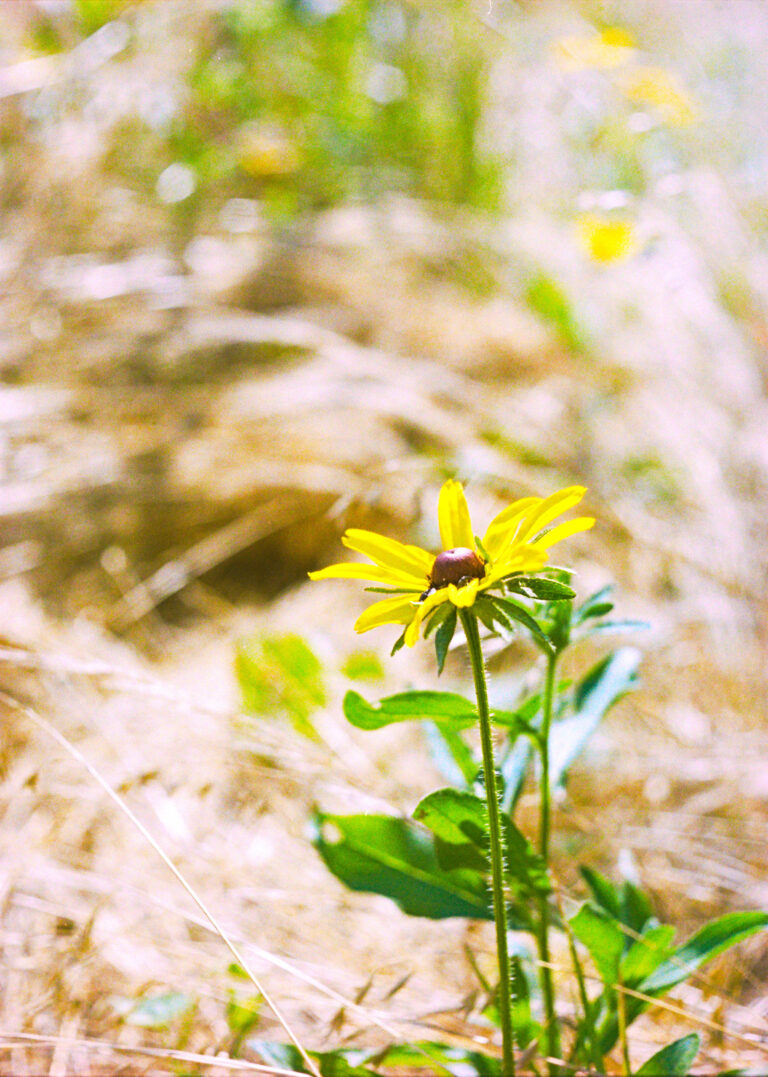Today’s bad idea starts the same way a lot of them do, on the internet. When I saw the results other photographers had gotten from shooting 500T at ISO 2000 (and above!) I knew I had to give it a try.
What’s Pushing?
Before I get into the experiment itself, let me lay some groundwork.
Every film has what’s called a ‘box speed’, quite literally the speed on the box. This is the ISO (or sensitivity) that the manufacturer designed the film for. Most of the time, it’s a good idea to just expose the film properly based on this number.
But what if you didn’t do that? If you set your light meter to a higher ISO (for example, shooting 400 speed film as if it were 800) you’ll underexpose your film one stop.
So what does that leave you with? Underexposed negatives? Well, believe it or not, you can actually add more exposure after the picture is taken, in a way.
By intentionally developing the film for longer than intended, you can overdevelop the light sensitive components of the film, making the pictures appear brighter. This compensates for the underexposure and you wind up with a properly exposed negative. This trick is called pushing.
The Downsides
Why do high speed films even exist then? Well, the bad news is that this trick only half works.
Overdeveloping will indeed lighten up the areas of the film that captured light, but in dark areas there’s often no detail to bring out. The highlights and midtones get lighter, but black areas stay black. If the film wasn’t sensitive enough to “see” any shadow detail in the first place, no amount of developing will bring it out.
Depending on the look you’re going for, this could actually be desirable though. Especially with black and white film, the lightened highlights and dark shadows give photos a punchy, contrasty look that makes images pop.
A Comparison
This photo was shot on Ilford HP5 at ISO 400, so box speed. This was a low light shot, but everywhere except the very darkest areas still have some detail visible.
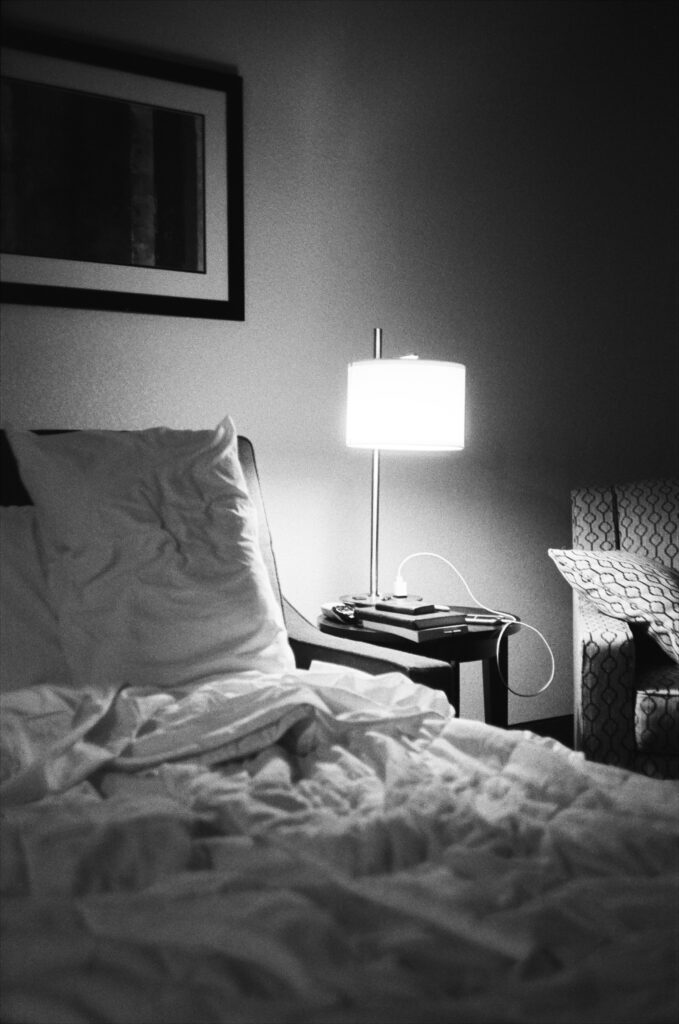
Compare that to this shot with the HP5 400 pushed to 1600 ISO. The dark areas like the shadows under the plate and laptop are really dark. The lighting in both photos looks similar here, but in person, the second room was dimly lit. I probably wouldn’t have been able to take this shot on 400 ISO film.
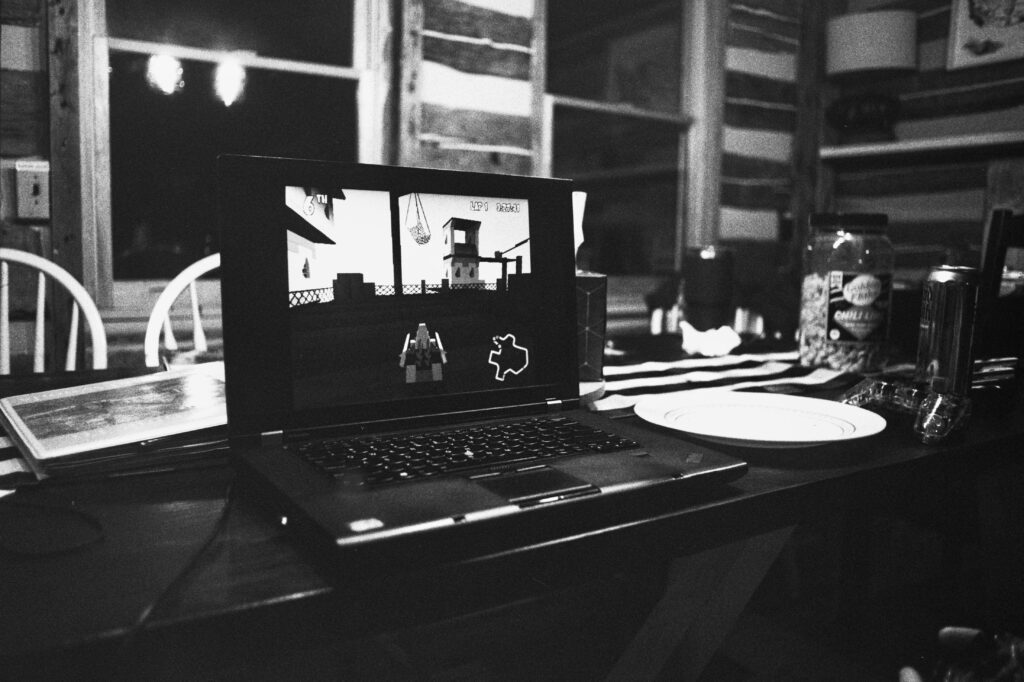
There’s also the matter of grain. Grain is always visible with high speed film, but pushing really brings it out. Personally, I like the added texture and look of the grain, but maybe it’s not for everyone.
A Quick Summary of Pushing:
To push film, you shoot at a higher ISO, underexposing the film. Then you can compensate for this in development, which brings the lighter tones up but leaves the dark areas dark. This increases the contrast of the photo. You also get added grain. The upshot is it allows you to shoot in darker environments or with faster shutter speeds than you otherwise could, and gives photos a really unique look.
Pushing Color Film
You may notice I’ve only talked about black and white film up to this point. That’s because pushing color film is kind of a different beast. The C-41 color process is much different from black and white, requiring development at a very specific time and temperature with little margin for error. Deviation from those parameters will often result in color shifts or other weirdness.
So you can imagine that most color film doesn’t appreciate the extra 30% or more development time that’s involved with pushing. It can certainly be done, but results definitely lean to the “experimental” side.
Enter 500T
So what if you want to take pictures indoors or — heaven forbid — at night?
In years past, you would’ve had access to super high speed color stocks like Fuji Natura 1600, but now your options for high speed color are limited to 800 and below.
But there is one other option. Cinestill 800T is a pretty famous stock for low light photography, and as you may be aware it’s based on Kodak’s Vision3 500T movie film.
Because of the oddball 500 ISO, Cinestill rounds up to the next full stop, 800. That should tell you something about the exposure latitude of this film!
I’ve always preferred the unmodified version of 500T though, so that’s what I picked up for this experiment.
As I said before, this is not an untraveled path. I’d seen a few people try this with what seemed to be great success. But even after seeing others’ work with this film, I wasn’t convinced I’d see nice or even usable results.
Still, I was feeling adventurous. I doubled the ISO twice — two stops — and set my camera to the closest setting, 2400 ISO.
The negatives I got looked underexposed at first, but I was blown away by the scans they produced:
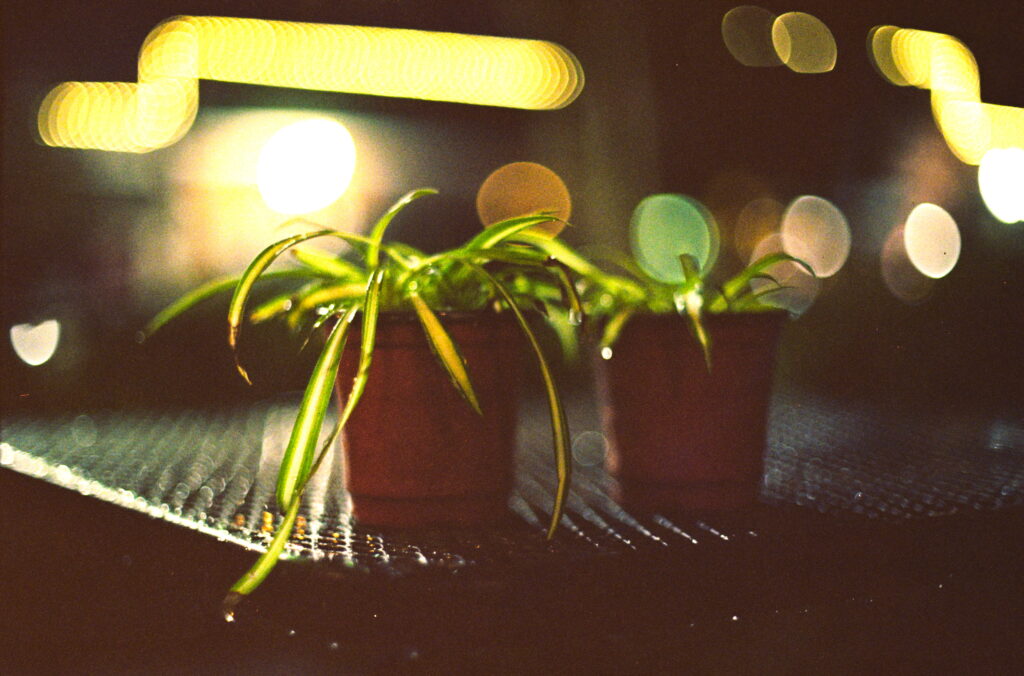
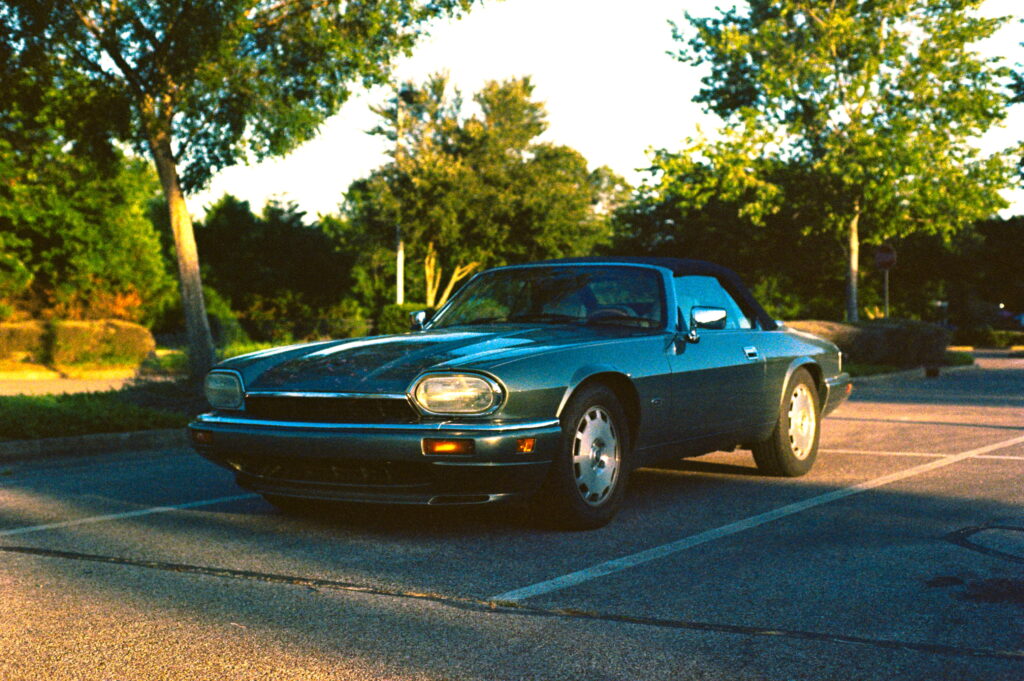
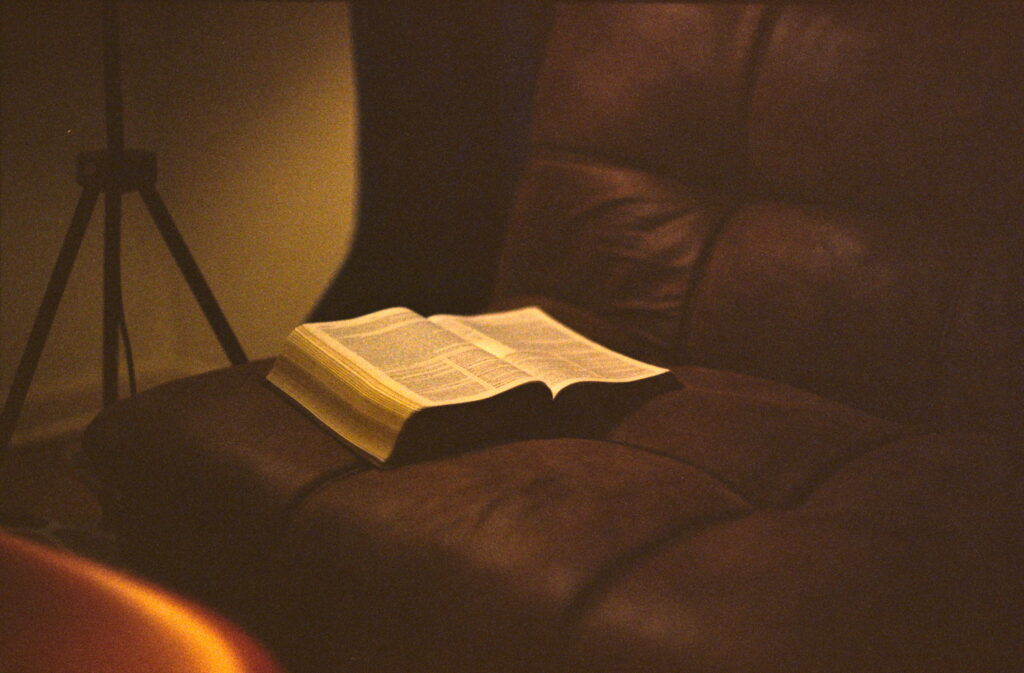
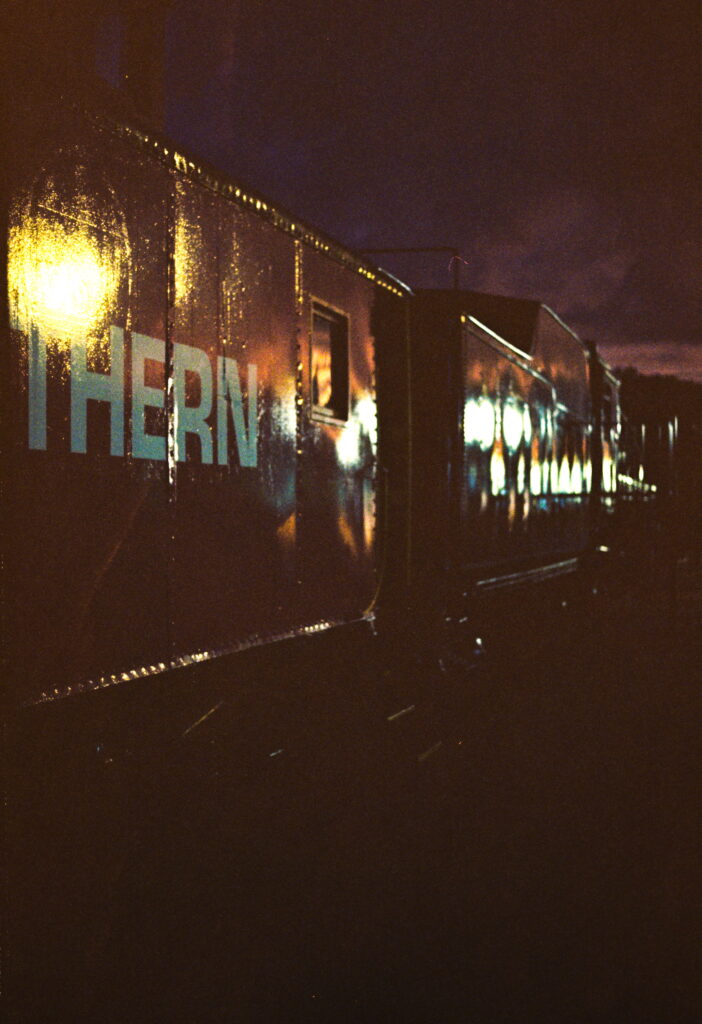

I still have a lot to learn about night photography, but I’ll definitely be shooting 500T this way again. Just like the pushed B&W I’ve shot in the past, the photos are contrasty and have a great feel and texture to them. What really surprised me though was that the colors are barely shifted, if at all. The colors look slightly more saturated and there seems to be a yellowish cast, but it’s nothing that can’t be corrected in post. To be honest I find the look pretty appealing.
Why Does This Work?
I have a couple theories about why 500T pushes so well.
Because it’s made for movie studios, 500T has a really wide exposure latitude. That means that it’s able to capture a huge amount of variation in lighting before highlights start to overexpose and shadows start to underexpose. This is really useful for scenes with complex lighting, but it also makes the film great for pushing.
Since 500T handles underexposure so well, there’s a lot that can be done to bring that detail out in development.
As for how the film handles extra development time so well without color shifts, I have no idea. I guess Kodak did some kind of magic to make it possible to push this film so movie studios have more flexibility.
Conclusions
My main takeaway from this experiment has been that this worked way better than I thought. It’s not a magic bullet, obviously; dark areas are still dark. No film stock is going to be able to produce a useable picture in super dark conditions unless you brought a tripod. But it’s still a massive leap over 800 speed film, and I’m really happy with how the roll turned out.
It’s worth noting that most film labs charge extra for pushing film, because that usually means it has to be processed separately from everything else. Most will also charge extra for movie films like 500T because they’re incompatible with the standard color process. However, if you have a lab that’s willing to develop 500T this way (or you do your own development), I would 100% recommend giving this a try.
I can’t wait to build more night photography skills now that I have this film in my toolbox!
